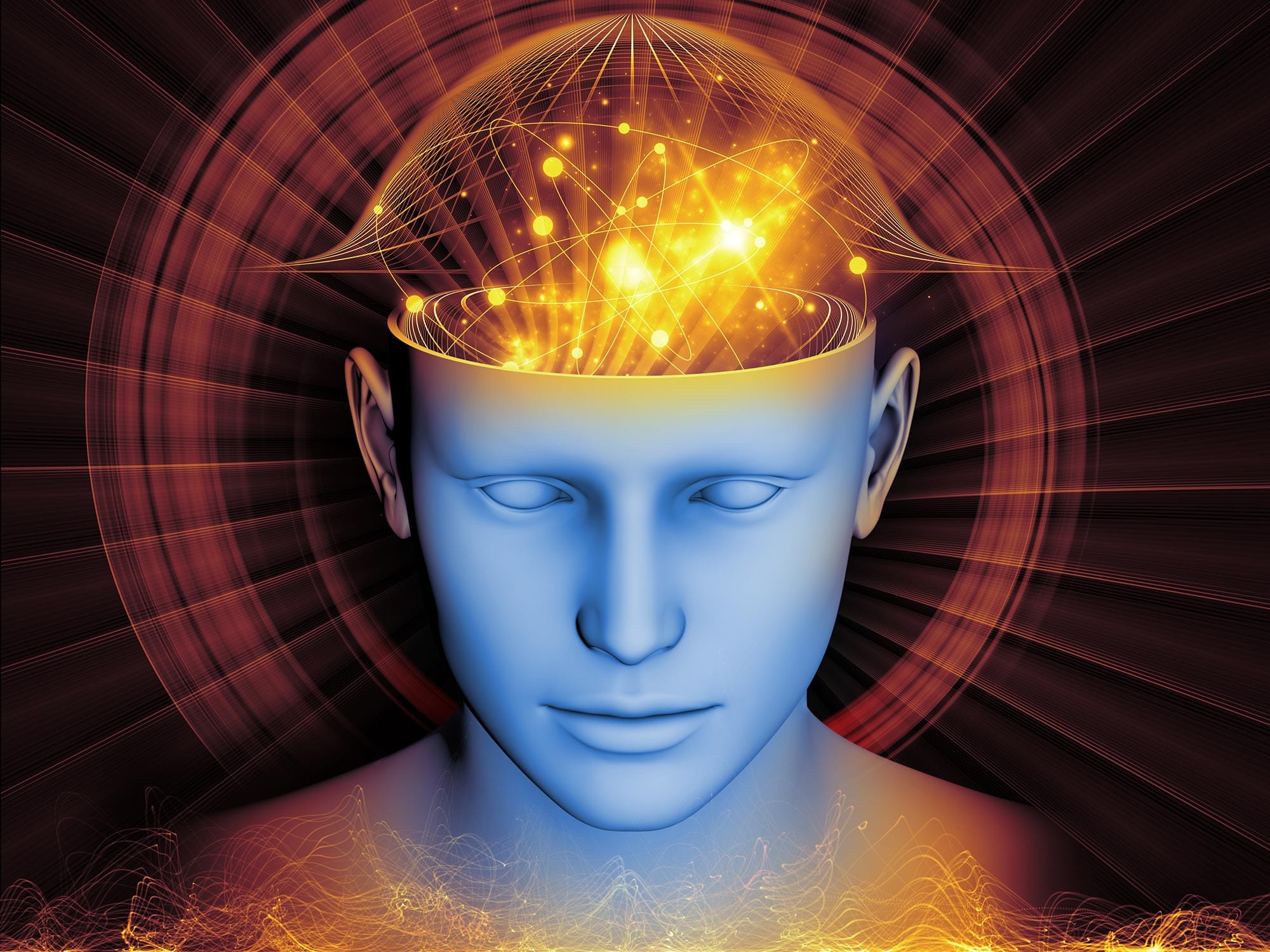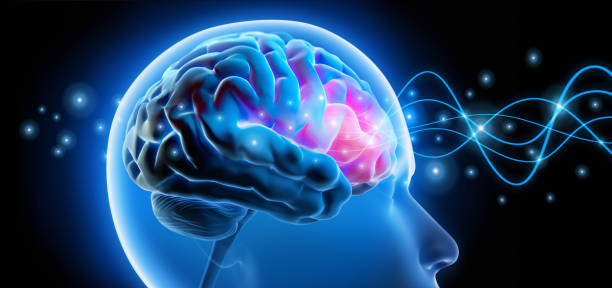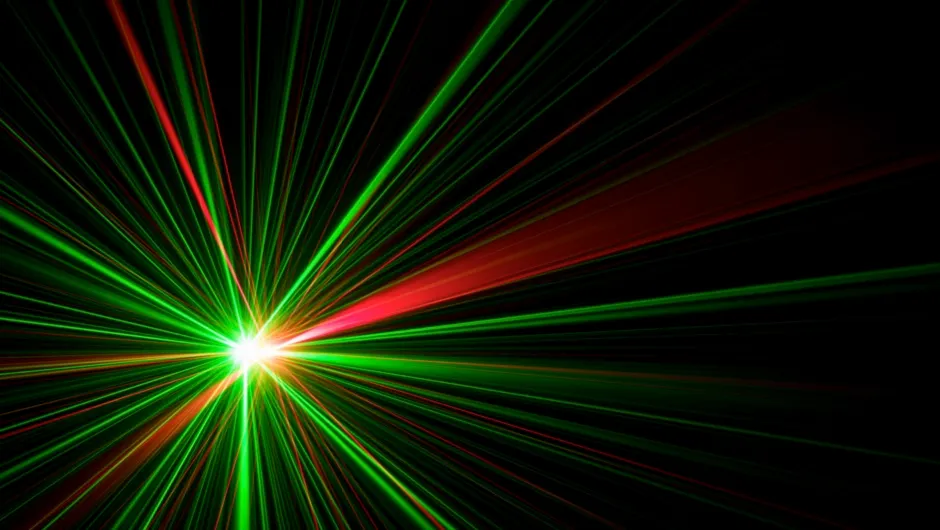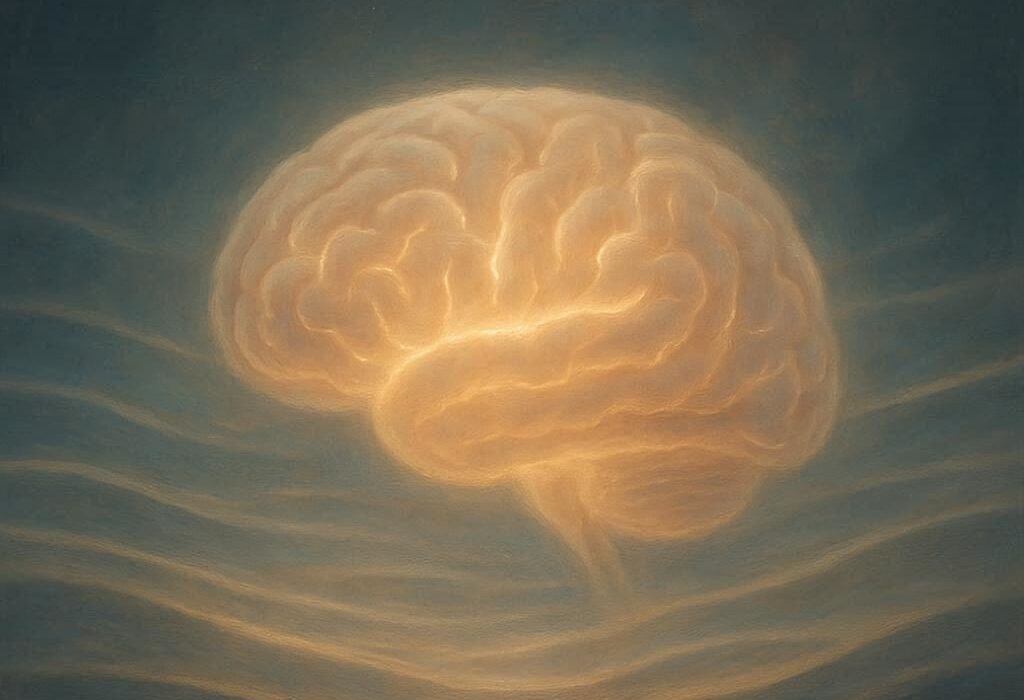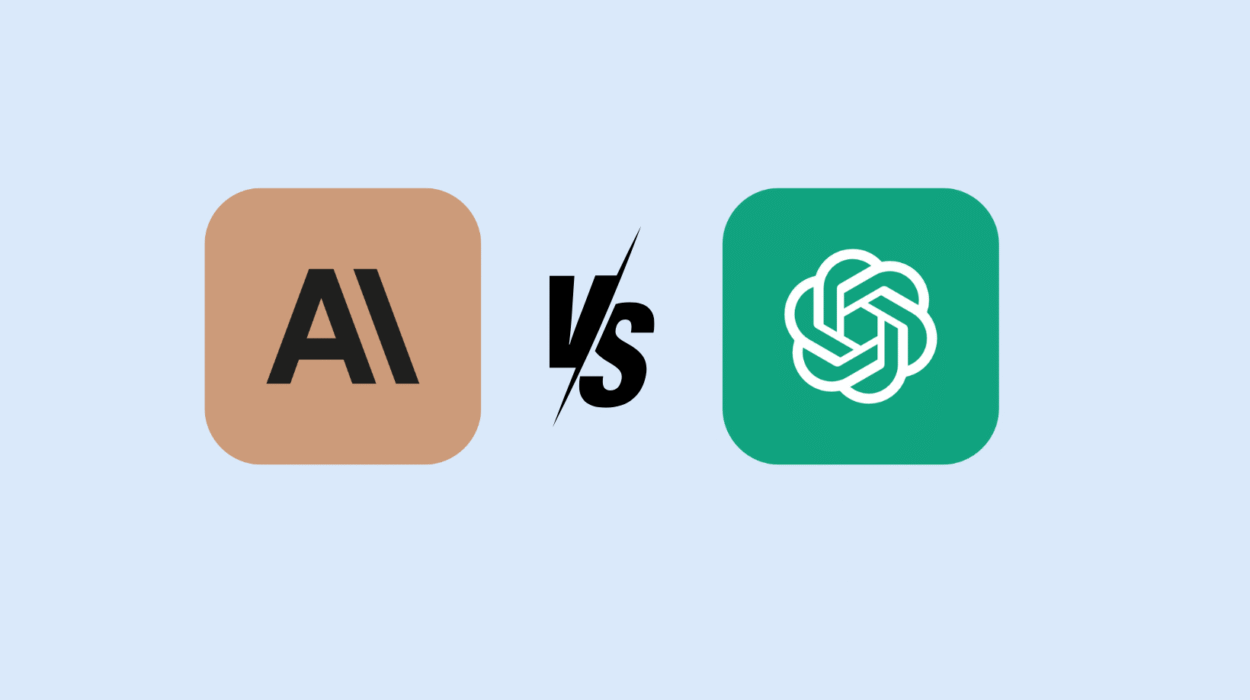Consciousness has always been one of the most profound and unsettling mysteries of existence. We live inside it, experience reality through it, and yet we cannot pin down what it actually is. Philosophers have debated its nature for millennia. Neuroscientists map the firing of neurons, psychologists study behavior and thought, physicists examine the laws of matter and energy. And still, one question remains unanswered: why does subjective experience exist at all?
In the last century, as quantum mechanics shattered classical ideas of certainty and determinism, a strange bridge began to form between the mysteries of consciousness and the mysteries of physics. Quantum mechanics, with its uncertainty, superpositions, and entanglements, felt strangely aligned with the paradoxes of the mind. Was it possible, some wondered, that consciousness itself was fundamentally quantum?
This question has ignited fierce debate. For some, quantum mechanics offers a doorway to explain what traditional neuroscience cannot. For others, it is a seductive but misguided myth, a confusion between metaphor and mechanism. To untangle this debate, we must explore both the myths and the real evidence.
What Do We Mean by Consciousness?
Before venturing into quantum territory, we must first ask: what exactly is consciousness? To philosophers, it is the realm of qualia—the raw feeling of experience. The redness of a rose, the sting of pain, the taste of chocolate—these are not just data processed by neurons, but living realities we cannot explain by measuring electrical signals alone.
To neuroscientists, consciousness is the integration of information across networks of neurons. Brain imaging reveals regions that “light up” when we perceive, think, or dream. Chemicals like dopamine, serotonin, and acetylcholine modulate our awareness. Yet, mapping the mechanics does not dissolve the mystery. No matter how detailed the map, we still confront the “hard problem” of consciousness: why should the brain produce an inner world at all, instead of functioning like a zombie machine?
It is here, in the tension between science and mystery, that quantum theories of consciousness take root. If the brain cannot be explained solely by classical physics, perhaps quantum mechanics offers an answer.
The Quantum World: Stranger Than Fiction
Quantum mechanics is not just another scientific theory—it is the most successful and most perplexing framework in all of physics. It tells us that at the smallest scales, particles do not behave like tiny billiard balls. Instead, they exist in superpositions—multiple states at once—until measured. Their properties are probabilistic, not deterministic. Two particles can become entangled, such that what happens to one instantly influences the other, no matter the distance.
These phenomena defy common sense. They defy the Newtonian world of predictability. They suggest that reality itself is not fixed until observed, and this is where consciousness enters the conversation. For if observation collapses quantum states, then who—or what—is doing the observing?
Some interpretations of quantum mechanics sidestep this mystery with mathematical pragmatism. Others, however, dare to suggest that consciousness itself plays a fundamental role in collapsing reality from probability into actuality. Could the mind and the quantum realm be entwined in ways we have barely begun to grasp?
The Myth of the “Quantum Mind”
The phrase “quantum consciousness” has spread widely, but often it is misunderstood. Popular culture tends to blur science with mysticism, sometimes carelessly. Self-help gurus and pseudoscientific movements claim that by “tapping into quantum energy” one can manifest desires, heal diseases, or bend reality. Such claims often misuse the language of physics while offering no testable predictions.
This myth of the “quantum mind” feeds on the allure of the mysterious. Quantum mechanics is strange and unintuitive; consciousness is strange and unexplained. Linking them gives the impression of an ultimate explanation. But science demands more than poetic resonance. It demands rigor, evidence, and clarity.
The myth thrives partly because quantum physics is difficult for non-specialists to grasp. When people hear that particles can exist in multiple states or influence each other instantaneously, it becomes tempting to apply these ideas metaphorically to thoughts, dreams, or even spirituality. But metaphor is not mechanism. Without evidence, the claim that “consciousness is quantum” remains speculation.
Where the Real Science Begins
Still, dismissing all quantum theories of consciousness as pseudoscience would be unfair. There are serious scientists who explore whether quantum effects may play a role in the brain. Their work is not about wishful thinking, but about asking difficult questions: can the strange properties of quantum mechanics actually occur in the warm, noisy, biological environment of the brain? If so, could they contribute to the emergence of consciousness?
One of the earliest pioneers in this direction was physicist Eugene Wigner, who in the mid-20th century speculated that consciousness might be necessary to collapse quantum states. While his ideas were more philosophical than experimental, they inspired generations to look more closely.
More concrete theories emerged later. Physicist Roger Penrose and anesthesiologist Stuart Hameroff proposed the Orchestrated Objective Reduction (Orch-OR) theory. They argued that within neurons, specifically in structures called microtubules, quantum processes could take place. These processes, according to them, might provide the missing link between brain activity and conscious experience.
At first, the idea seemed absurd. The brain is warm and wet, not the kind of isolated environment usually needed to maintain delicate quantum states. Quantum coherence—where particles remain in superposition—tends to collapse quickly under such conditions. Critics argued that any quantum states in the brain would decohere far too quickly to play a meaningful role.
But recent advances in quantum biology have revived interest. To the surprise of many, quantum effects have been observed in living systems: birds navigating using entangled particles in their eyes, plants using quantum coherence in photosynthesis, even enzymes in our bodies employing quantum tunneling. These discoveries do not prove that consciousness is quantum, but they show that life has found ways to harness quantum mechanics even in messy, biological settings. Could the brain be doing something similar?
Neuroscience Meets Quantum Theory
To explore this possibility, researchers are investigating microtubules more closely. These cylindrical protein structures give neurons shape and play roles in transport and signaling. Hameroff and Penrose suggest that quantum vibrations inside microtubules could underlie moments of conscious awareness. According to their model, consciousness arises not just from computation or information processing, but from fundamental quantum events tied to the very fabric of reality.
The theory is bold, but evidence remains tentative. Some experiments have hinted at quantum coherence in microtubules, but results are debated. Neuroscientists remain skeptical, arguing that classical explanations of brain function already provide powerful accounts of perception, memory, and thought. They ask: why leap to quantum mechanics when the mysteries of consciousness may be solved with better neuroscience?
Yet the allure persists. Consciousness still defies a complete scientific explanation, and quantum mechanics still harbors mysteries about measurement, reality, and observation. The two enigmas seem destined to dance together, even if their embrace is uneasy.
Myths That Cloud the Debate
One persistent myth is that quantum mechanics requires consciousness to collapse a wave function. In truth, most interpretations of quantum physics do not demand a conscious observer. The act of measurement can be carried out by any physical interaction with the environment—a detector, a photon, an atom. Consciousness need not be invoked.
Another myth is that quantum mechanics implies free will or mystical connectedness between minds. While entanglement is real, it does not allow information to be transmitted faster than light, nor does it provide a mechanism for telepathy or mind-over-matter control. These ideas belong to the realm of imagination, not established science.
By untangling myths from evidence, we can approach the question of quantum consciousness with clarity. It is not a magical shortcut, nor an excuse to bypass neuroscience. It is a frontier of inquiry, where careful experimentation must decide what is possible and what is fantasy.
The Real Evidence: What We Know So Far
So what does real evidence tell us? First, quantum effects do occur in biological systems, as seen in photosynthesis and navigation in birds. Second, it is at least plausible that similar effects could occur in the brain. Third, there is some experimental support—though contested—for quantum coherence in microtubules.
Yet, none of this proves that consciousness itself is quantum. Consciousness remains deeply correlated with classical brain processes—neurons firing, synapses transmitting, networks integrating information. Patients under anesthesia, for example, lose consciousness in ways that align with chemical suppression of neural activity, not disruption of quantum states. Brain damage affects awareness predictably through neural circuits, not through quantum collapse.
If quantum mechanics is involved, it may be in subtle ways, contributing to the fine-tuning of brain processes rather than serving as the direct seat of consciousness. The jury is still out, and perhaps it will remain so until experimental methods grow more precise.
Why the Idea Refuses to Die
Why, then, does the idea of quantum consciousness continue to captivate? Partly because both fields—consciousness and quantum mechanics—are so mysterious. They resist reduction, defy common sense, and hint at hidden realities. Linking them gives us a sense that the universe is more wondrous than we imagine, that our minds are not just accidents of biology but woven into the deepest fabric of existence.
There is also an emotional allure. To think of consciousness as quantum is to imagine that our inner worlds are not mere byproducts of flesh but are connected to the cosmos itself. It offers a poetic vision of the human mind as a quantum phenomenon, a ripple of awareness shimmering across space-time. Even if unproven, it comforts us with meaning.
Beyond Myths: Toward Honest Inquiry
If we are to move forward, we must resist both blind belief and outright dismissal. Quantum consciousness should not be embraced as dogma, but neither should it be rejected simply because it feels strange. The task of science is to explore, to test, to question.
Perhaps one day we will find that quantum processes do shape awareness in ways we cannot yet grasp. Or perhaps we will find that classical neuroscience, in all its complexity, is enough to explain consciousness without invoking quantum mysteries. Either way, the journey deepens our understanding—not only of the brain, but of the universe itself.
The Human Dimension
At its core, the debate over quantum consciousness is not just about physics or neuroscience. It is about us—about what it means to be aware, to feel, to exist. When we look at the stars, wonder about reality, or ask why there is something rather than nothing, we are exercising consciousness. To imagine that this consciousness may be tied to the deepest laws of physics is both humbling and awe-inspiring.
Albert Einstein once said, “The most incomprehensible thing about the universe is that it is comprehensible.” Consciousness is the faculty that makes comprehension possible. Whether quantum or classical, it remains the greatest gift of existence: the ability to know, to wonder, to dream.
The Road Ahead
As science progresses, new tools may help us test ideas that once seemed out of reach. Advances in quantum computing, brain imaging, and nanotechnology may reveal whether quantum coherence truly plays a role in neurons. If evidence emerges, it could revolutionize not only neuroscience but philosophy, psychology, and even our understanding of free will.
If evidence does not emerge, that too is profound. It means that consciousness, though mysterious, may still arise from the astonishing complexity of classical processes—billions of neurons interacting in patterns more intricate than any quantum computer. The human brain, even without quantum mechanics, is already the most extraordinary object in the known universe.
Conclusion: Between Wonder and Truth
Quantum consciousness remains a hypothesis balanced between wonder and skepticism. Myths exaggerate it into mysticism; facts tether it to real but tentative evidence. The truth lies in the hard work of science, in experiments and models that respect both physics and biology.
Whether consciousness proves to be quantum or not, the pursuit itself reveals something essential: our endless drive to understand. We are creatures who look inward and outward, who ponder the self and the cosmos, who seek patterns in neurons and particles alike. In doing so, we honor both the mystery of being and the clarity of reason.
In the end, perhaps consciousness is not just quantum, nor just classical—it is the marriage of matter and meaning, of brain and world, of physics and experience. It is the song the universe sings when it becomes aware of itself.
